Fundamental Technology

Basic technology that supports our business

Fine particle synthesis technology
Nanoscale synthesis that controls the crystal structure, particle shape and size
※nanoscale:One billionth of a meter, atomic and molecular scale
- Nanoparticles exhibit unique properties and functions, which depend on their highly reactive.
- Nanoparticles are expected to be applied in various fields such as magnetic recording materials, medical materials, and pigments.
- We develop various inorganic materials using our unique technology.
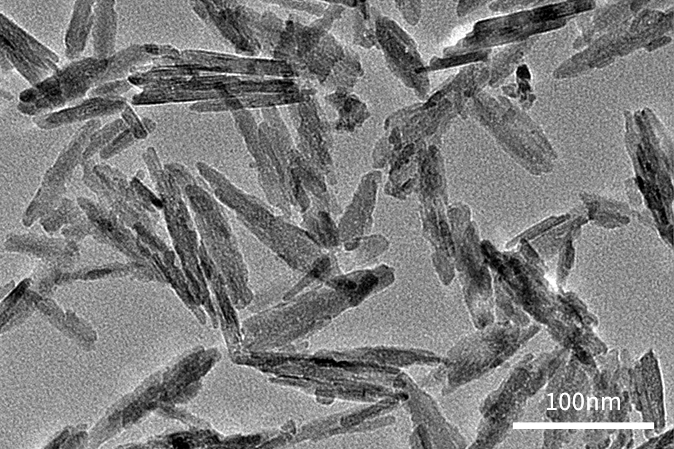

Production technology
Technology that develops means and methods for "manufacturing" and goes onto mass production and commercialization
- Development of elemental technology
- We develop means and methods for manufacturing through research and experiments.
- Equipment development for mass production
- We design and select equipment in order to develop manufacturing technology to mass production scale.
- Plant process design
- We structure process for manufacturing and develop an efficient production system.
- Plant construction and commissioning
- We evaluate the system for safe start-up of the plant and enable satisfactory operation of the plant.
- Equipment modification
- We structure efficient mass production lines through automation, labor-saving and productivity rate improvement.

Analysis technology
Technology that clarifies the added value by analyzing the physical properties and chemical structure of in-house materials
- Support for development department
- It cooperates with development department and supports further quality improvement by analyzing the physical properties and chemical structure of in-house materials.
- Enhance value of in-house materials
- It plays an important role in improving the quality and creation of new value of in-house materials by developing new analytical methods.
- Analysis examples
-
- Surface observation
-
With noncontact laser microscope, it's possible to analyze surface roughness.
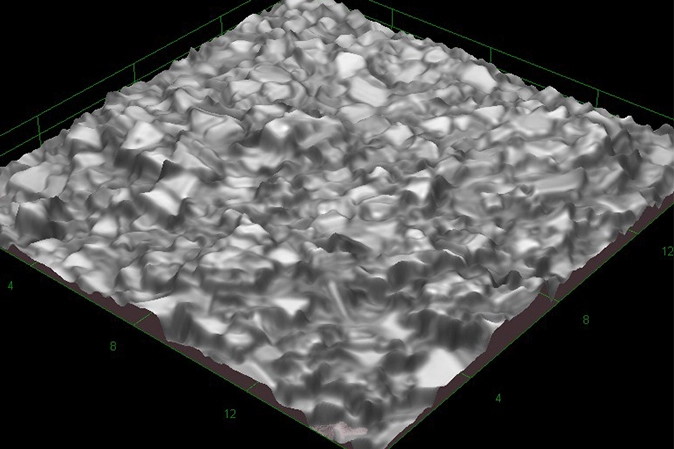
Laser MicroscopeThe surface image of inorganic fine particles with nanometer scale surface roughness
- Composition analysis
-
STEM-EDS allows the compositional analysis in the image and line region of the sample.
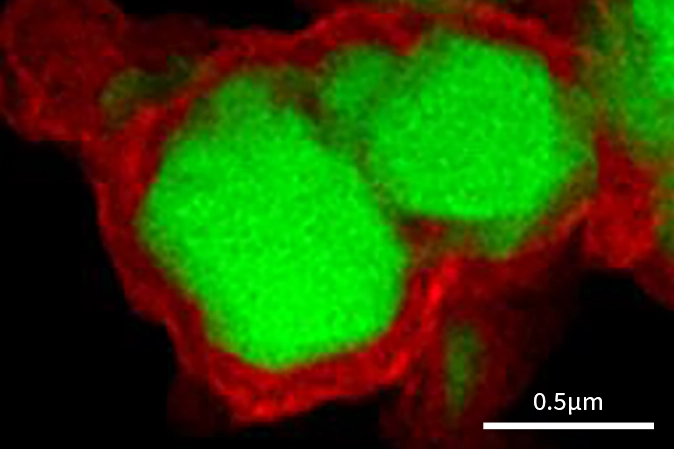
STEM-EDSComposition distribution of coating layer in inorganic particles
- Cross-section observation
-
Field Emission Scanning Electron Microscopes is used for micro-surface and cross-section observation.
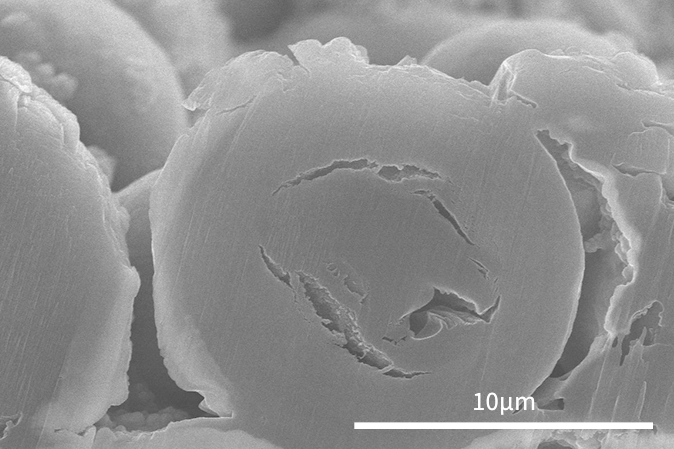
FE-SEMThe cross-section image of composite materials
- Dispersibility
-
Pulse NMR can evaluate dispersion of fine particles in liquid media.
Pulse NMRThis graph represents dispersion of iron oxide fine particles changing with times.

Simulation
Technology that predicts various chemical and physical properties
- Lately, the diversified customer needs effect conventional system of research and development.
- We focus on computational chemistry to promote our research and development.
- The simulation example
-
- The simulation of the magnetic field analysis
-
It's possible to accurately compute the magnetic properties with this technology.
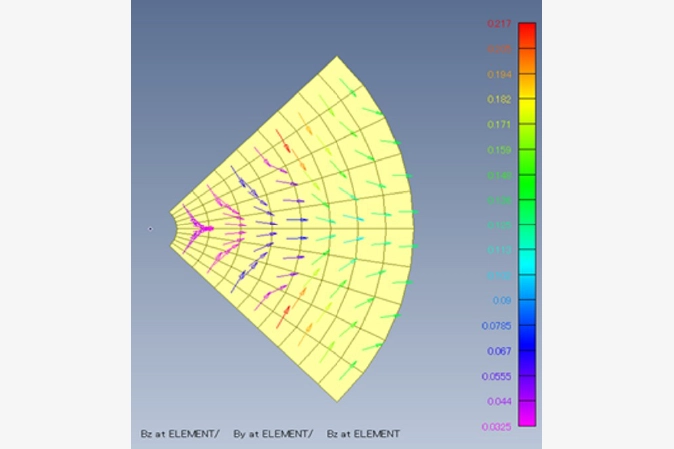
The magnetic flux density distributionDirection type: polar anisotropic
Number of poles: 4
Magnetic material: hard ferrite-polyphenylene sulfide (PPS) compound

